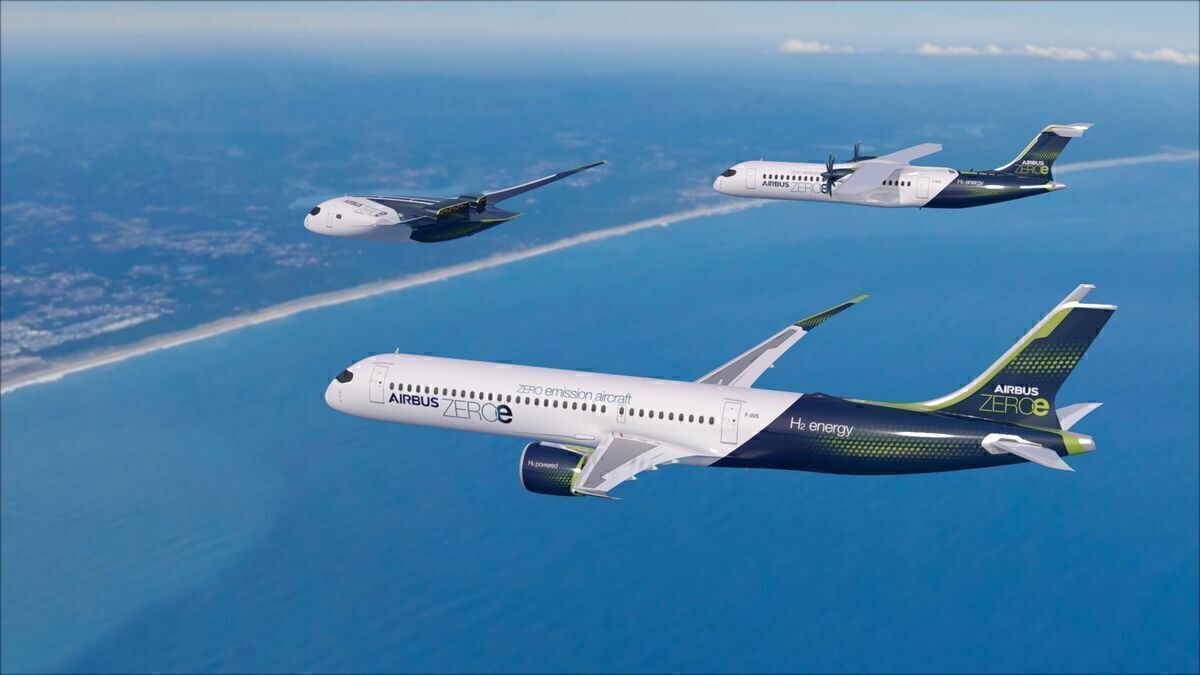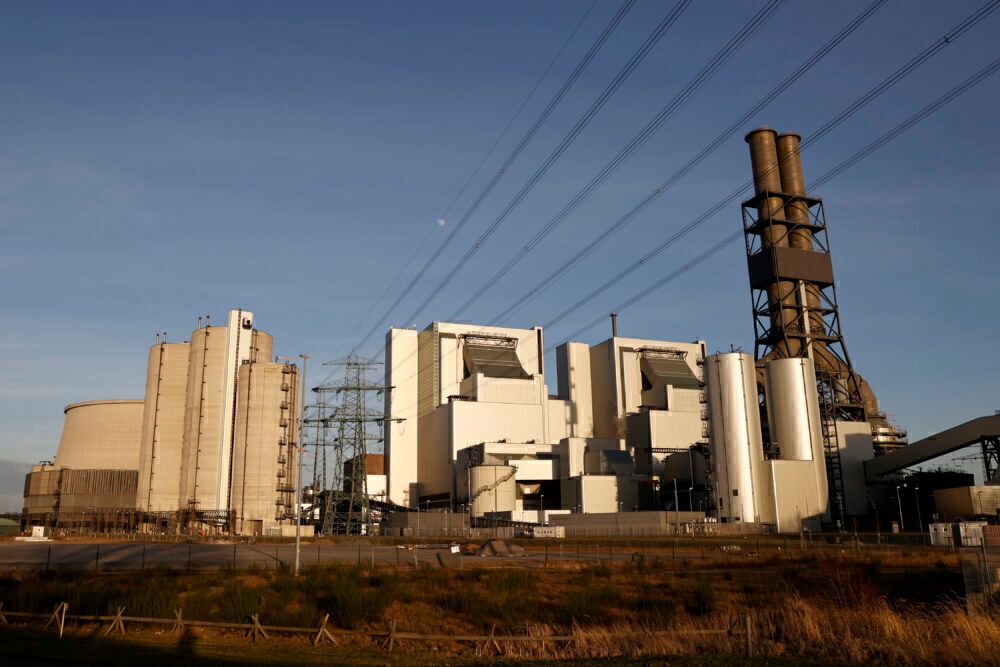Hydrogen is a clean fuel. Not only that, but pound for pound it contains almost three times as much energy as fossil fuels. No wonder aviation has turned its gaze to the gas as an efficient means of coming to terms with its environmental footprint. Meanwhile, the production of hydrogen is itself incredibly polluting, accounting for nearly as much CO2 as aviation. Enter carbon-neutral, green hydrogen. Unfortunately, thus far, it accounts for only 1% of global production.
The quest for net-zero
Aviation is on a quest to clean up its greenhouse gas emissions act. In 2019, it stood for over 2% of all human-made CO2 emissions worldwide, translating to 915 million tonnes, with the majority coming from long-haul air traffic.
Several initiatives, such as the Carbon Offsetting and Reduction Scheme for International Aviation (CORSIA), investment into carbon-capturing technology and pledges to go net-zero emissions by mid-century are aiming to make a significant dent in aviation's environmental impact.
Alternative fuels are being touted as one of the best bets to move the climate change needle, in relation to both air and ground transport. Technology for sustainable aviation fuels (SAFs) is available and ready to go. The main issue is generating enough demand from customers to entice investors and be able to scale up significantly.
Meanwhile, others, like Airbus and its ZEROe concept are looking to the world's lightest gas - hydrogen - to help revolutionize air transport and usher in a new era of a lighter environmental footprint.
Stay informed: Sign up for our daily and weekly aviation news digests!
What is hydrogen?
Hydrogen is thought to be the most frequently occurring element in the universe. About 90% of all atoms are considered to be hydrogen atoms. However, these do not exist in nature by themselves. To produce hydrogen, the atoms need to be decoupled from other elements. Hydrogen is itself a clean fuel. However, producing it is anything but.
Nearly all hydrogen today is produced from fossil fuels, such as natural gas and coal. This corresponds to emissions of 830 million tonnes CO2 per year - almost as much as all of aviation.
Not all hydrogen is created equal, however. Brown hydrogen is produced directly from fossil fuels. This accounts for about 95% of global production. Blue hydrogen is also produced from fossil fuels. However, it incorporates carbon capture and storage into the process, which reduces overall emissions.
Green hydrogen accounts for only 1%
Then we have what is called green hydrogen. It is produced from water electrolysis and renewable energy. It is carbon neutral but currently accounts for only about 1% of all hydrogen production. The major obstacle to scaling up production - it is expensive.
Meanwhile, a combination of ambitious climate targets of governments and governmental organizations and a realignment for future survival from oil and gas companies have seen large funds invested into scaling up the technology.
For instance, the old coal-fired Moorburg power-plant outside of Hamburg in Germany which ceased operations at the beginning of the year is now set to become an electrolysis plant for producing and storing hydrogen. The project is a collaboration between Vattenfall, the Swedish energy company that owns the plant, the city of Hamburg, Shell, and Mitsubishi Heavy Industries. As the saying goes, it takes a village.
“Shell is particularly excited about hydrogen as an energy vector as we see it can reach all those parts of the energy system that are really hard to electrify directly,” Paul Bogers, Shell’s vice-president of hydrogen told the Financial Times.
What do you make of hydrogen's future as aviation fuel? Will investment into infrastructure be sufficient to make a difference? Let us know in the comments.



